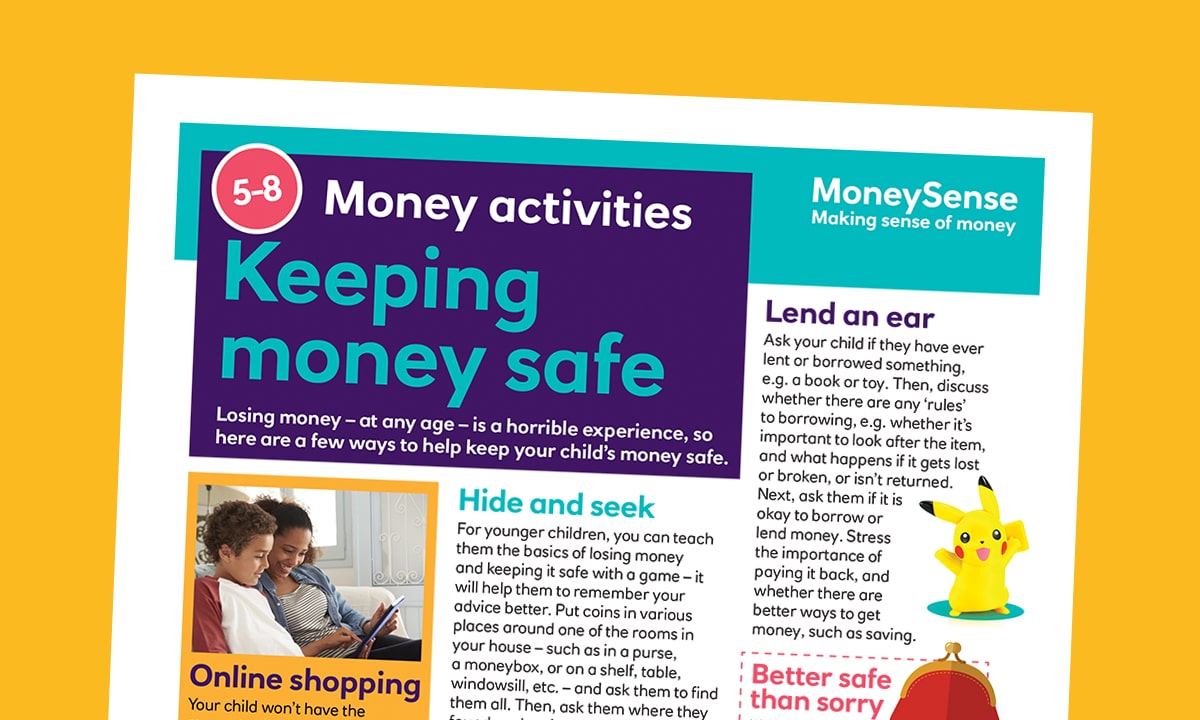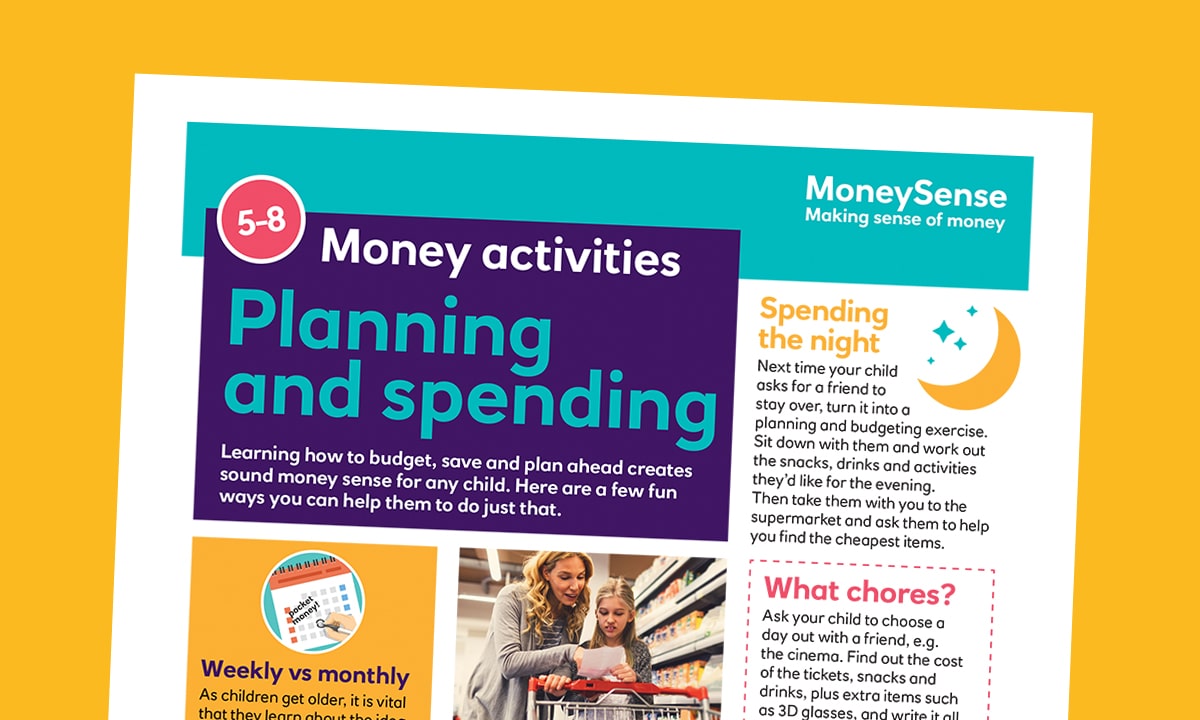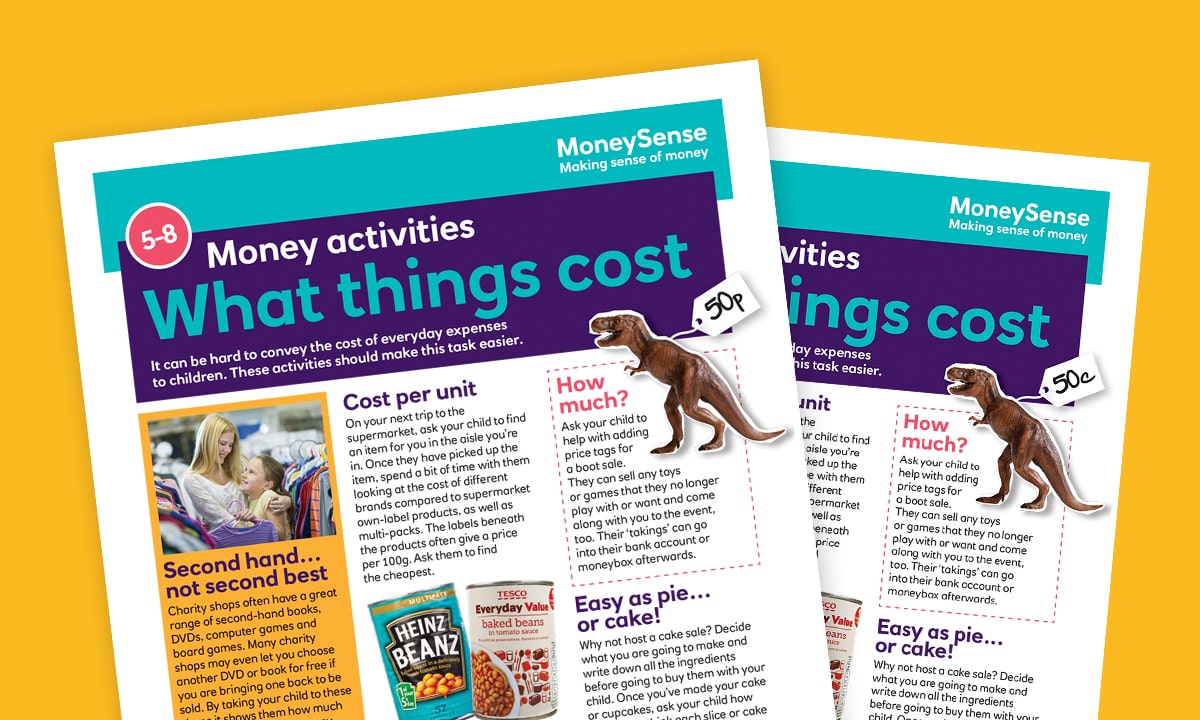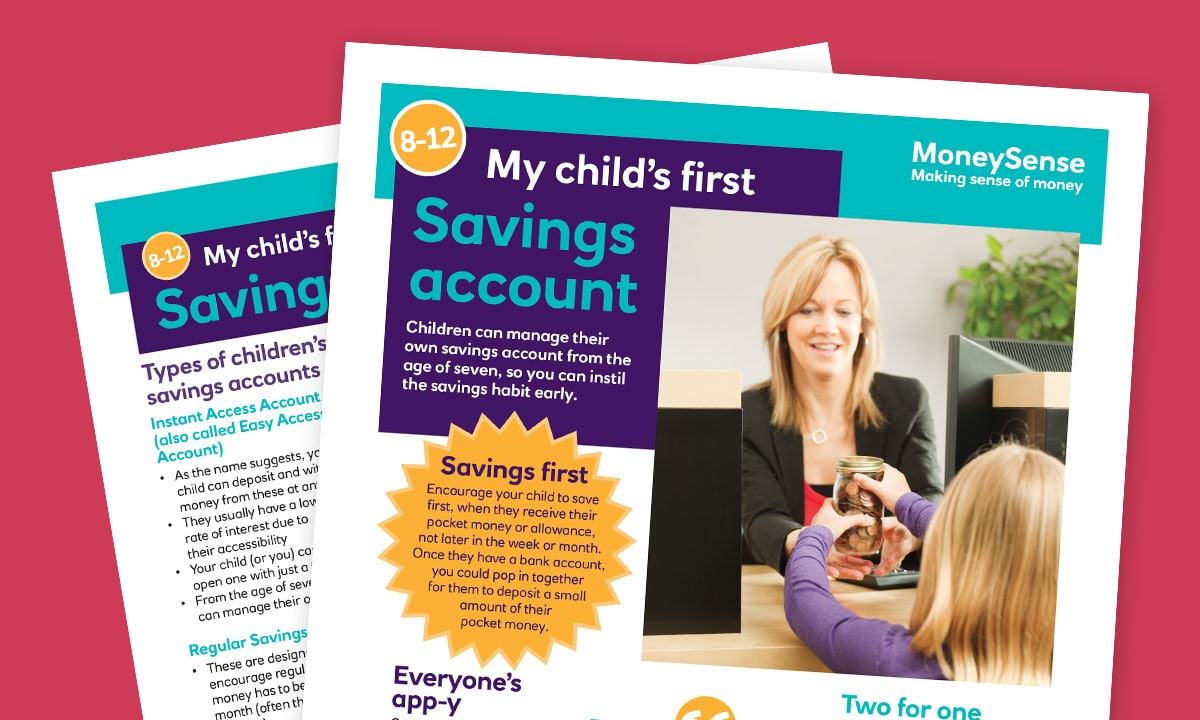Talking about money realities with your children
We may want to protect our kids from some of life’s trickier topics, but being open with them when it comes to money is an important step, says money author Tolu Frimpong.

Historically, money has been considered a bit of a taboo subject – so having important conversations about it with children can often feel like a mountain to climb, particularly if you’re not feeling confident about your own money know-how, or even your present financial situation.
However, the reality is your children will learn about money whether you talk to them about it or not, so it's best to get ahead of the curve. Here are some practical ways you can prepare your kids for money in the real world without sugar-coating the truth.
The unequal distribution of wealth
Not everyone has the same amount of money. It’s important to have a factual conversation about the unequal distribution of wealth with children, without passing on any feelings of discomfort or biases. Stick to the main facts you wish to share and keep it simple: explain to your child that, in our world, there are some people who have more than they need, some people who have exactly what they need and some people who unfortunately don’t have what they need.
Depending on your child’s age, it might be helpful to draw pictures with them to illustrate that some families have different amounts of money. Ask them what that might mean for each family and how it might impact things such as where they live and what they can do and buy. How might it make them feel?
This conversation with your child may prompt questions about where your family fits into this picture. Be honest with them – they probably already know and understand more than you think.
Understanding the opportunity cost
Once your child has begun to get an understanding of wealth distribution and your family's financial position, it's important to help them develop a balanced relationship with money.
This can be achieved by teaching children that it’s not just about how much money you earn, it’s also about how much money you keep. Wealthy people don’t spend all their money – if they did, they would no longer be wealthy.
Teach your child about the opportunity cost and how it works. Put simply, the opportunity cost is the cost we pay when we give up something to get something else. Help your child understand that there is always a trade-off. For example, as a parent, you may work to earn money, but that might mean you spend less time at home – so the trade-off here is less time with your family. Alternatively, your child may want to use their savings to buy a new toy – however, if all their money is spent on that new toy, there won’t be any money left for sweets or other treats.
Money in the digital age
When was the last time you used cash to buy something? According to the Bank of England, only 17% of purchases were made in cash in 2020 (down from 50% in 2010) – and with children seeing cash payments less frequently, it’s more challenging for them to grasp what money is and how it works.
Help them understand by explaining that your bank card or Apple Pay is a digital wallet that contains money. Just as physical money can run out, so can digital money if you don’t budget and allocate it wisely.
A great practical way to encourage your child to learn about digital money is to give them a digital allowance. There are lots of great e-wallet apps and services out there, specifically designed to help enhance your child’s digital-money journey.
Understand your own money mindset
As a parent, it’s important to understand your own money mindset and the impact that your beliefs will have on your child.
We all have unconscious beliefs about money, stemming from our childhood experiences. These can be positive or negative, and ultimately dictate how we grow to view and handle money in adulthood.
One common belief is that money causes conflict. This could arise from hearing people fighting about money troubles growing up. You then progress into adulthood with the view that money causes problems in relationships. These negative beliefs can lead to bad financial decisions, all in the name of avoiding conflict. But money in itself cannot cause conflict – the conflict arises from different belief systems, attitudes and behaviours around money.
On the flip side, you may have grown up with the impression that money is abundant. Living in a household that always seemed to have plenty to spend could make you believe that you too can access money whenever you need to and without difficulty.
Here are a few questions to ask yourself to understand your money mindset:
1. What money lessons did you learn growing up?
2. What are your current beliefs about money?
3. What do you believe about saving and having money?
Your answers will help you identify your beliefs. Next, ask yourself: would you like your children to have the same ones? If the answer is no, then it’s time to get to work on unlearning any of the negative money views you have.
Practise what you preach
Remember to lead by example. Children will often learn more by observing what a parent does than by simply listening to what they say.
That means it’s important to practise what you preach and model the financial behaviours you want to see develop in your child. Don’t say one thing but do another. For example, telling your child you don’t have enough money to buy the toy they want, then later buying it – or another non-essential item – on impulse will send very mixed messages. Always consider the narrative you’re teaching them and explain when (and why) exceptions might be made.
Image credits: Adobe Stock
Find out about all the latest MoneySense articles for parents by following us on Facebook
Related activities
Want your child to find out more for themselves? Here are some activities to share with them.

 Activities:
Activities: 





